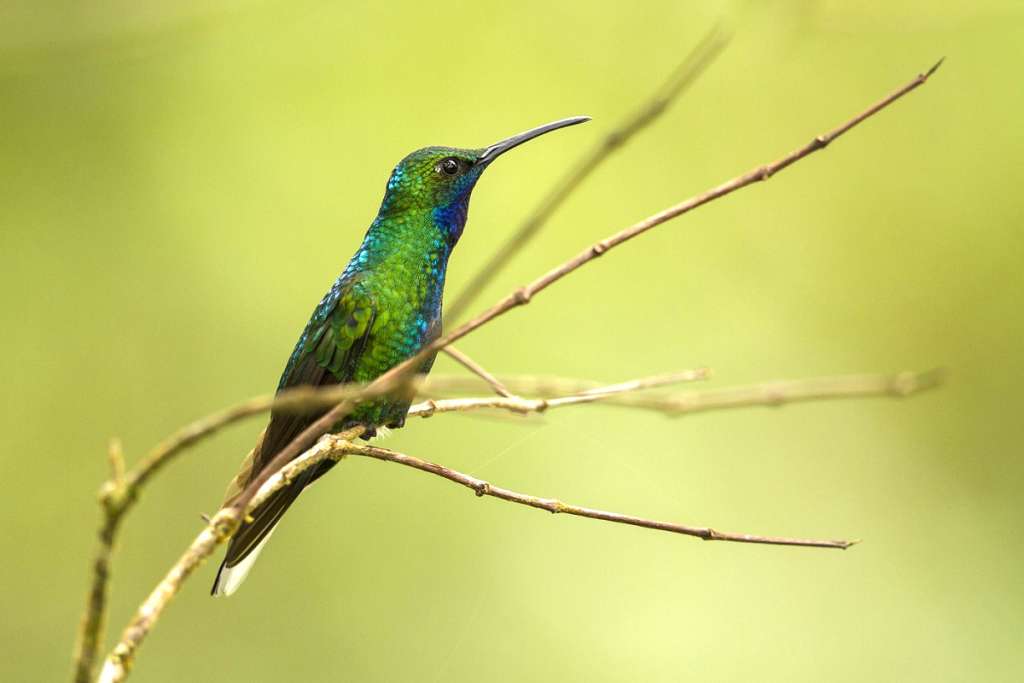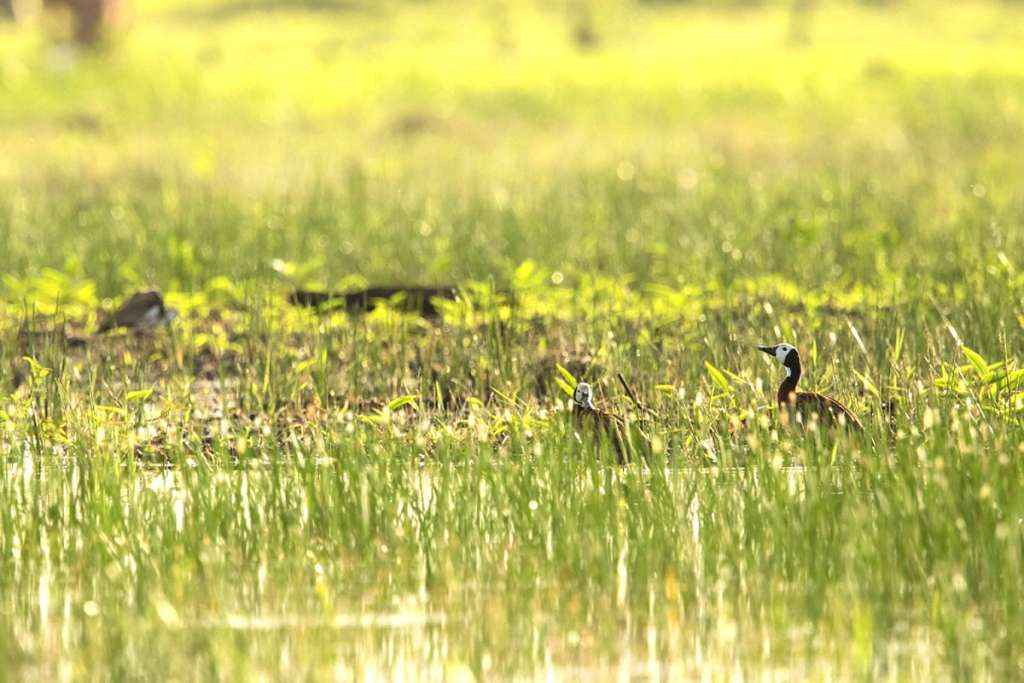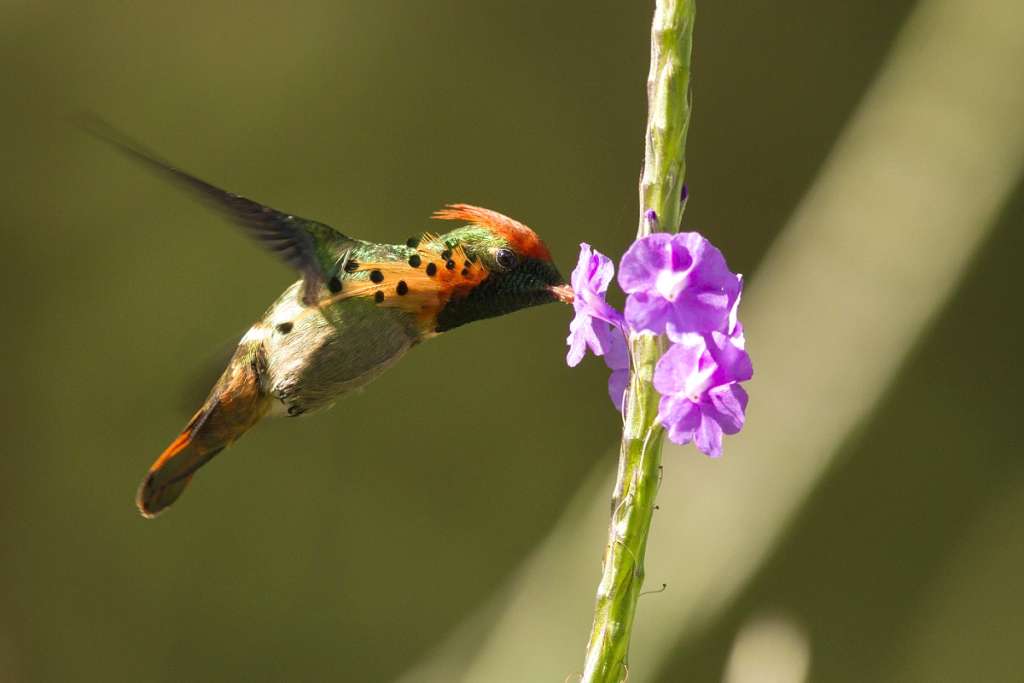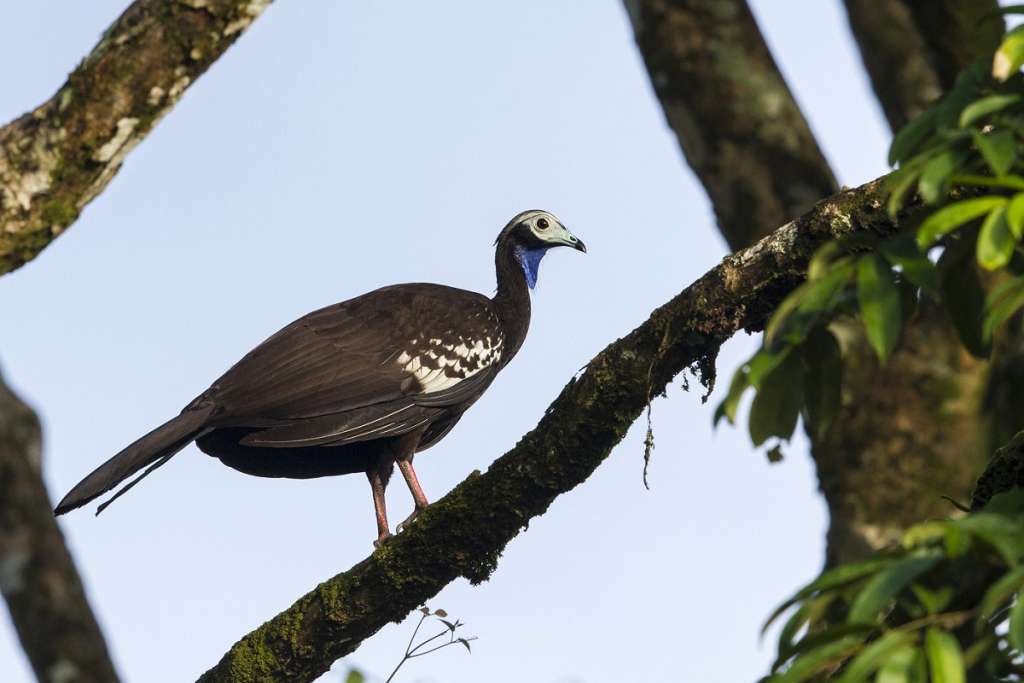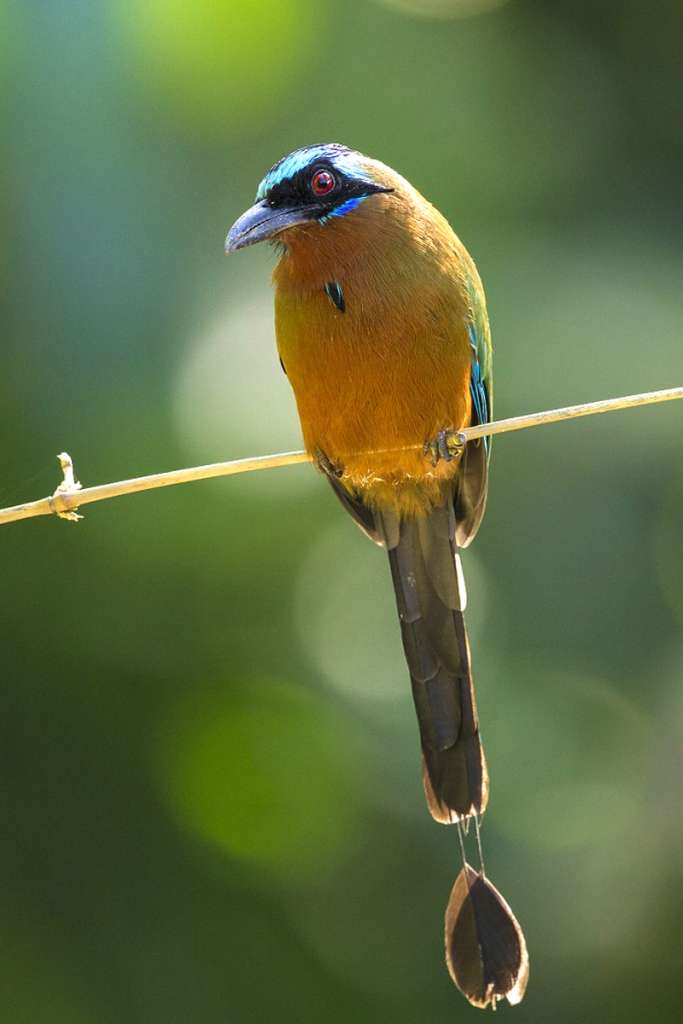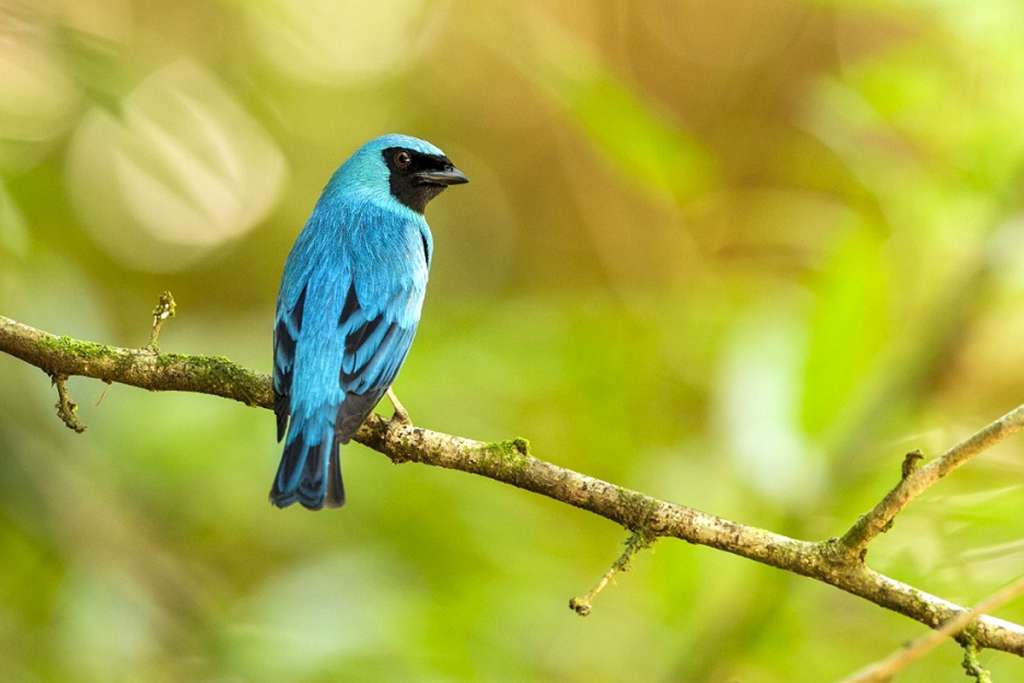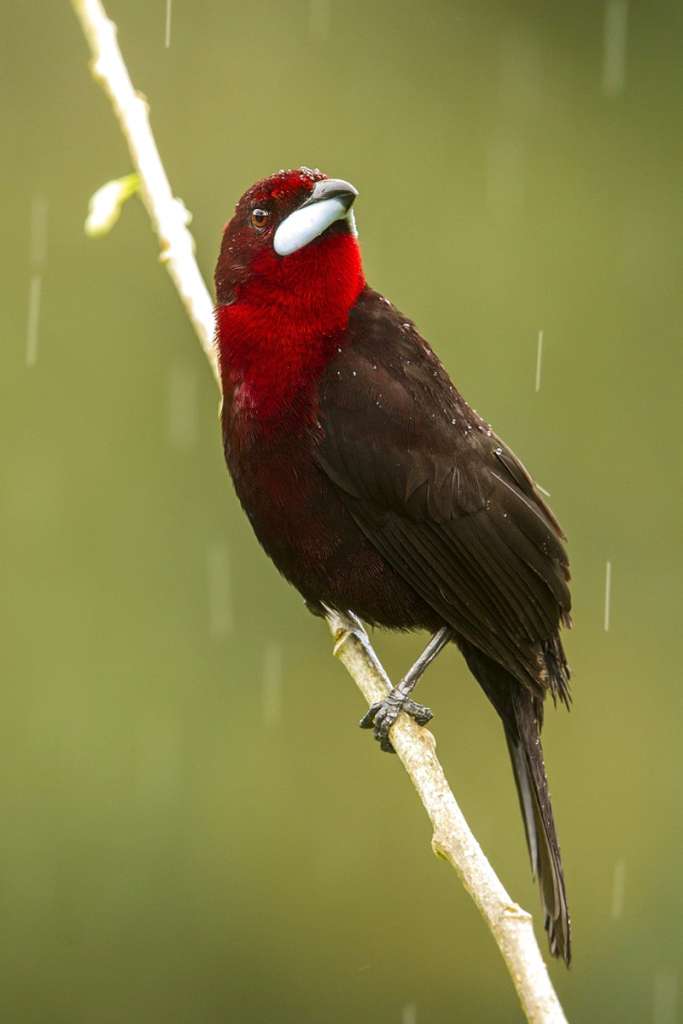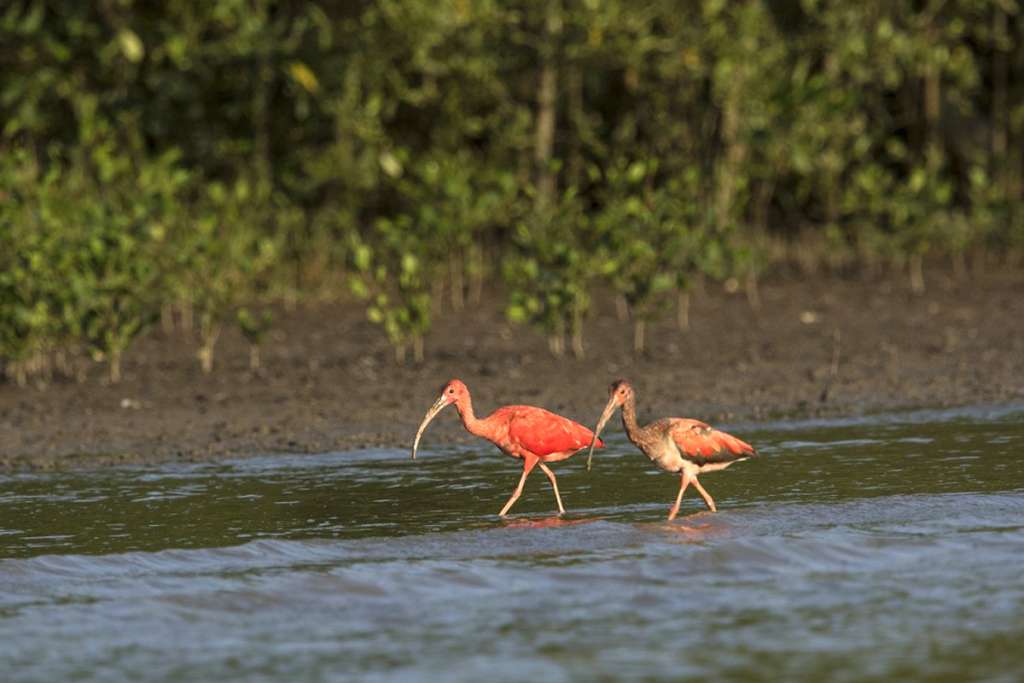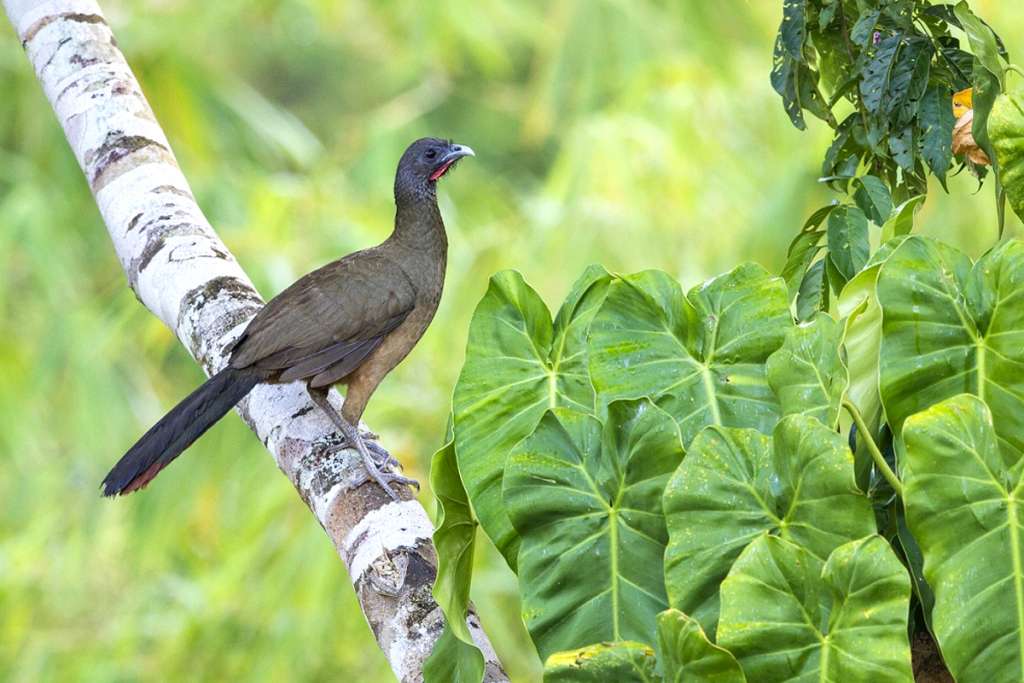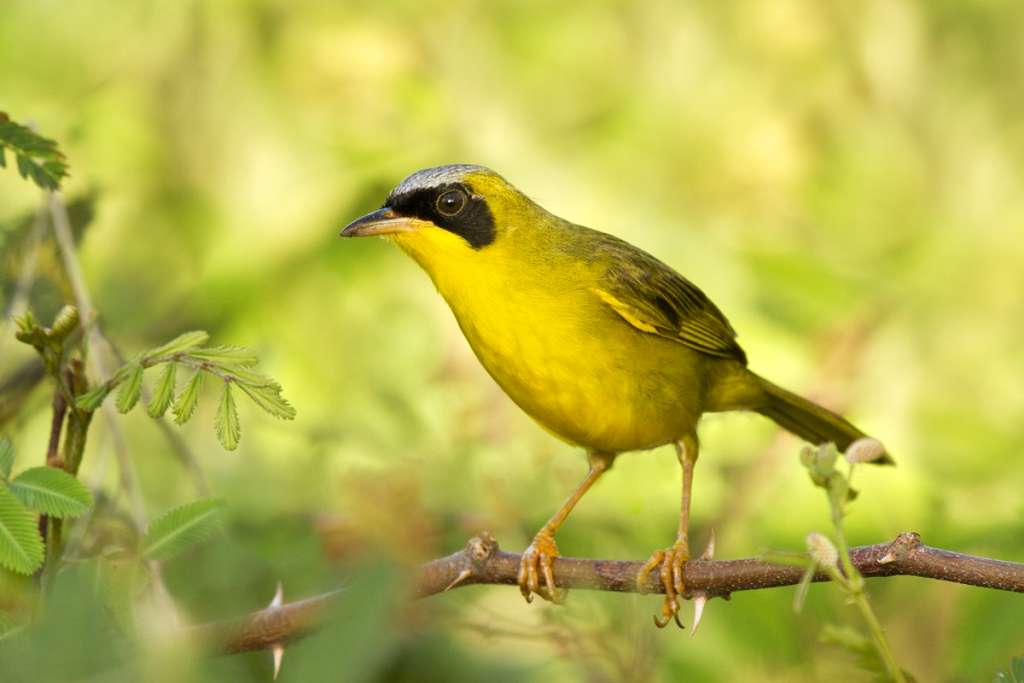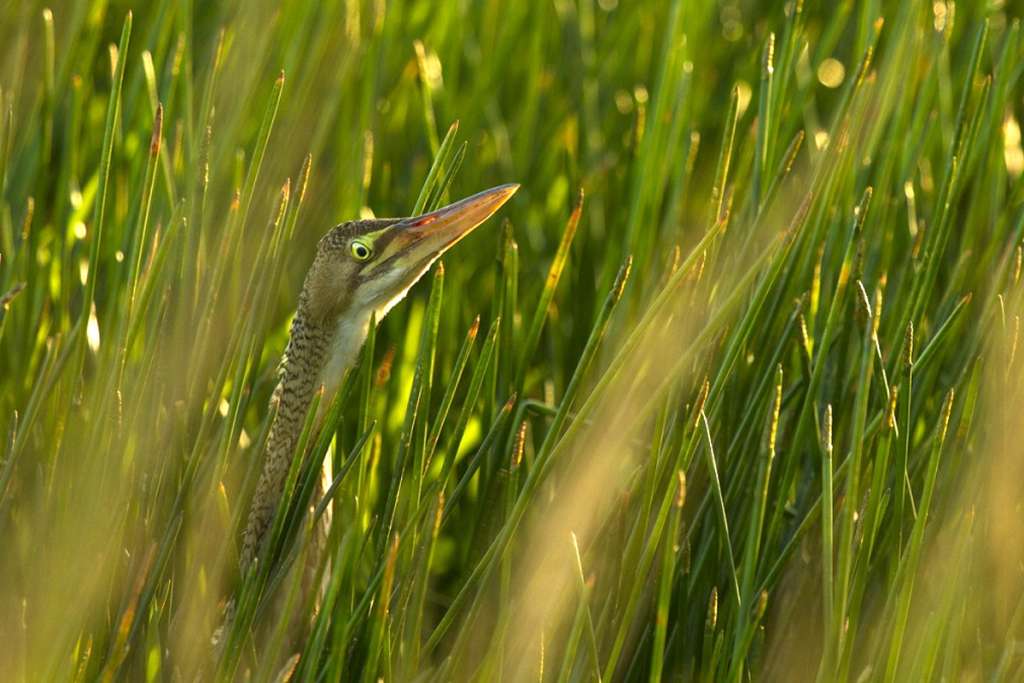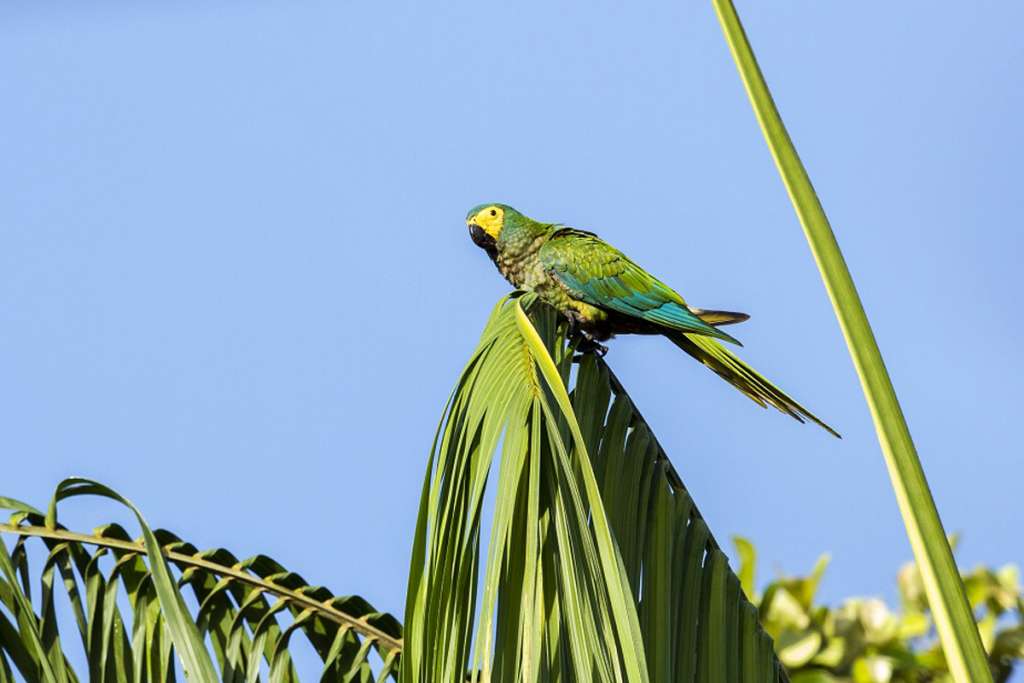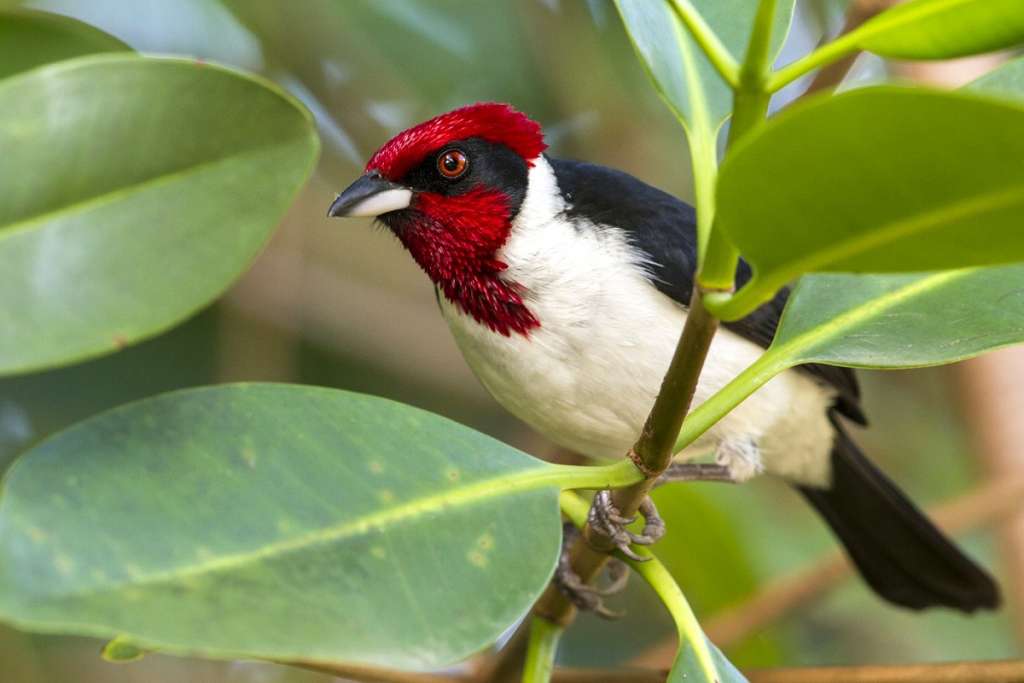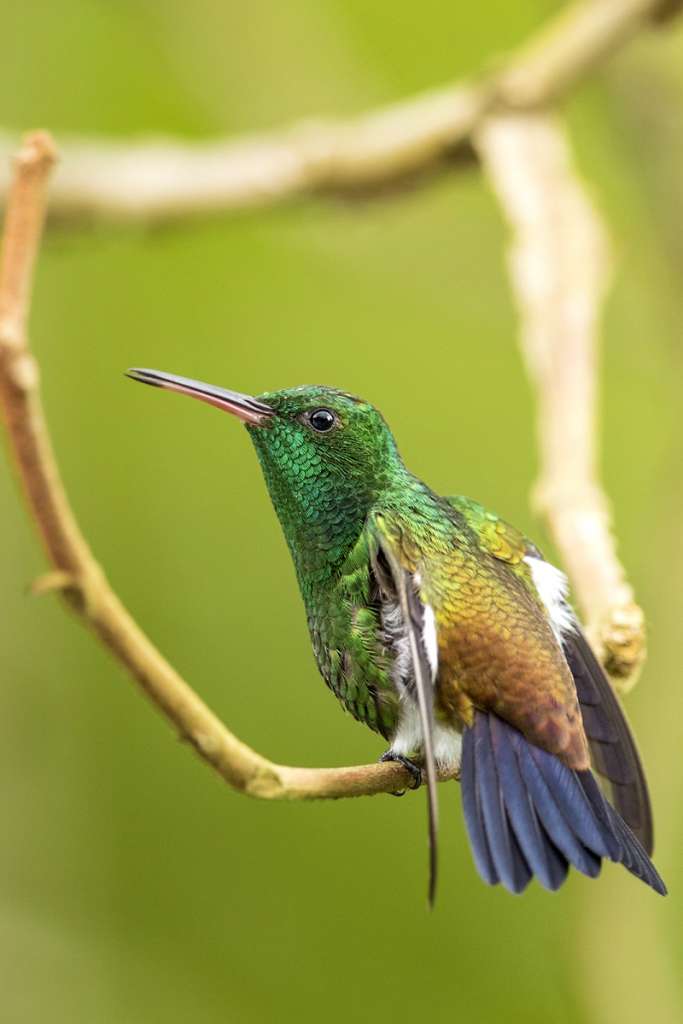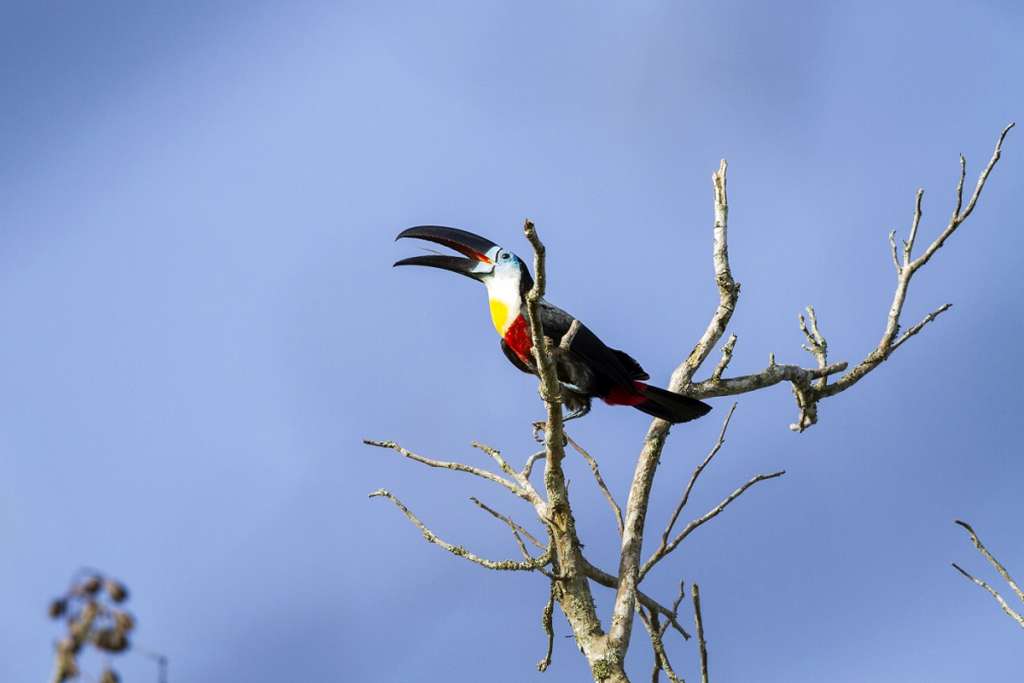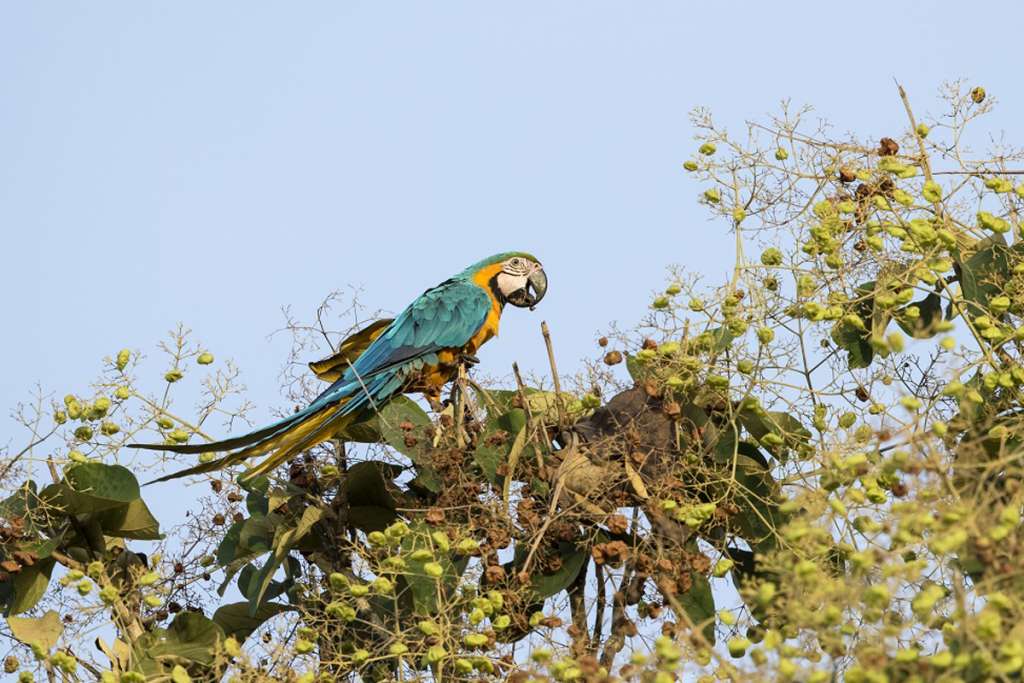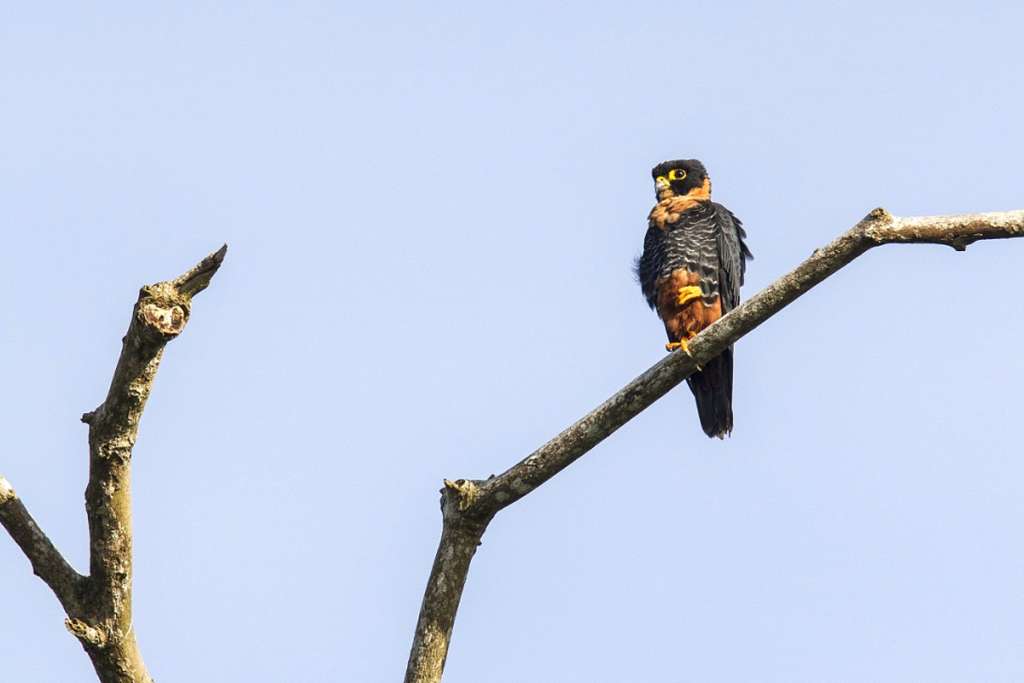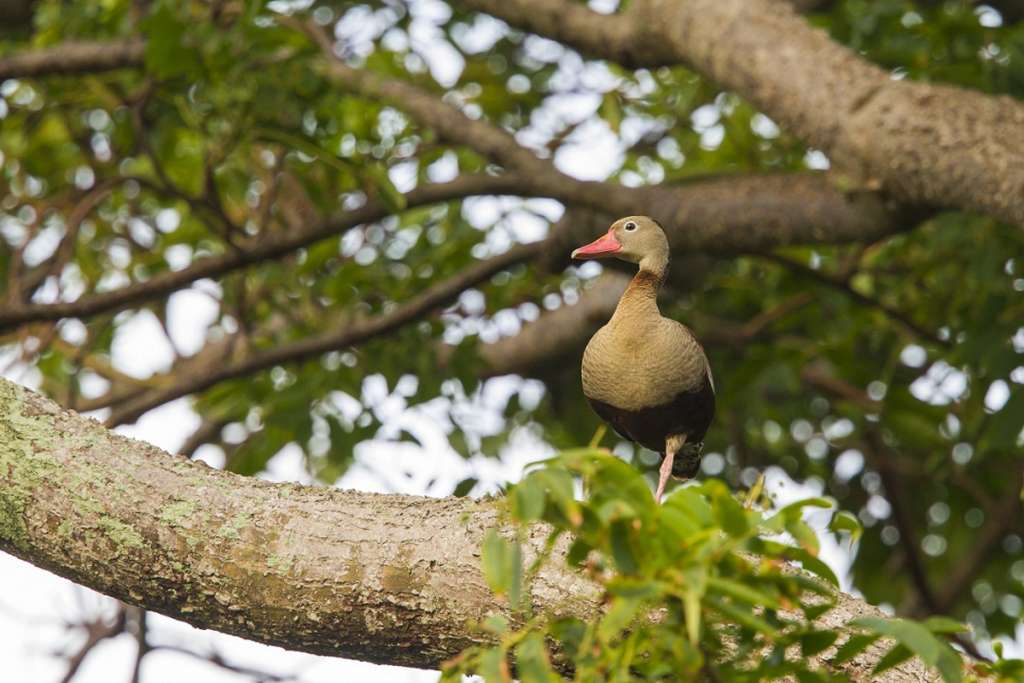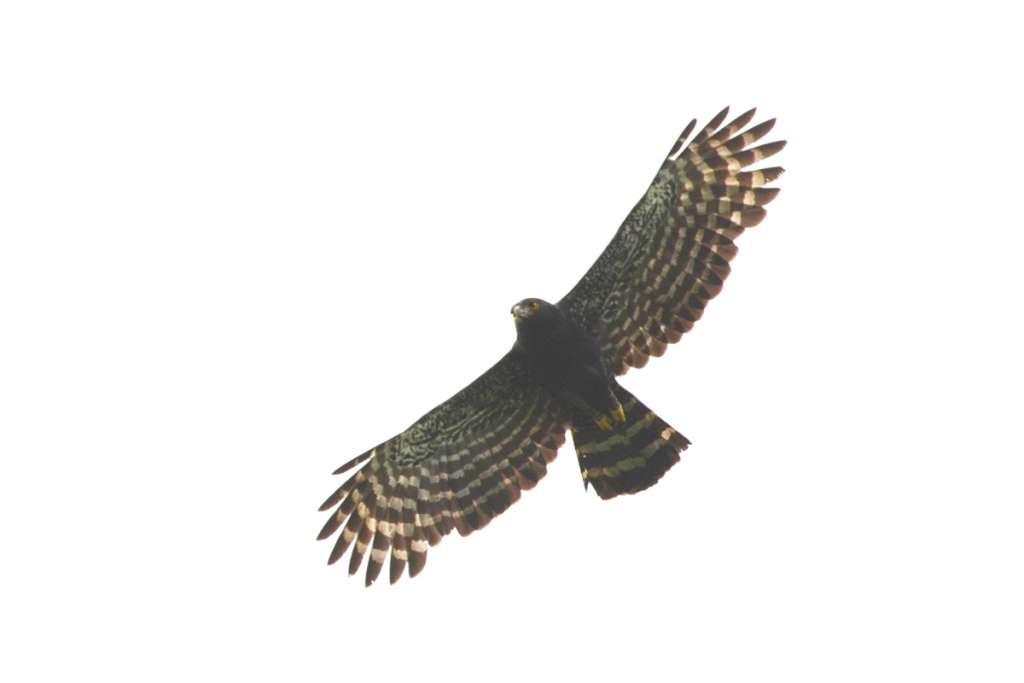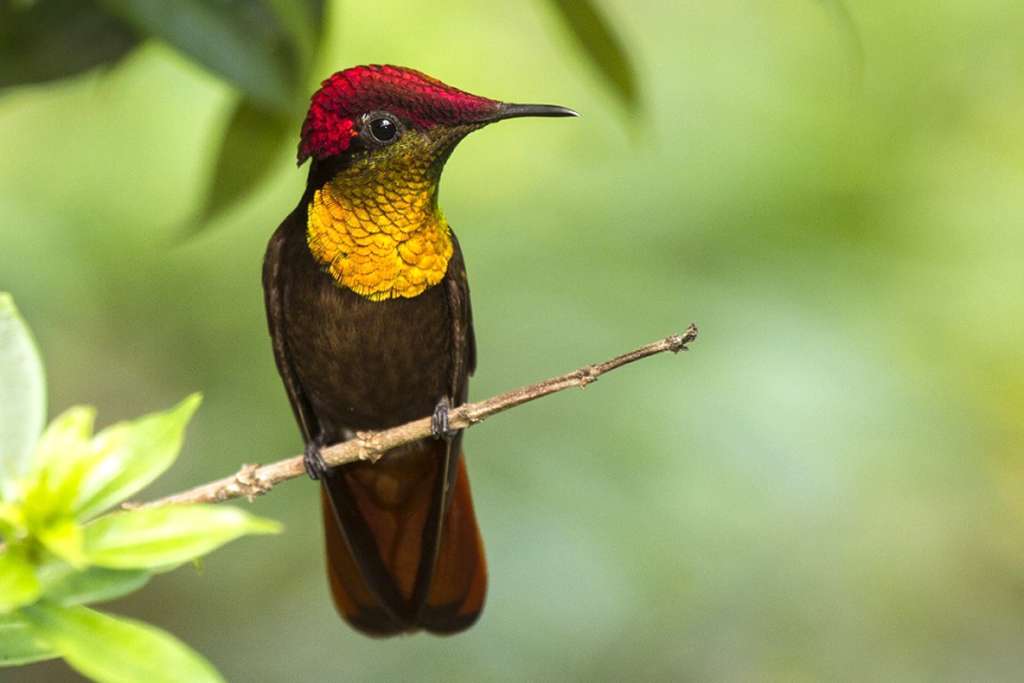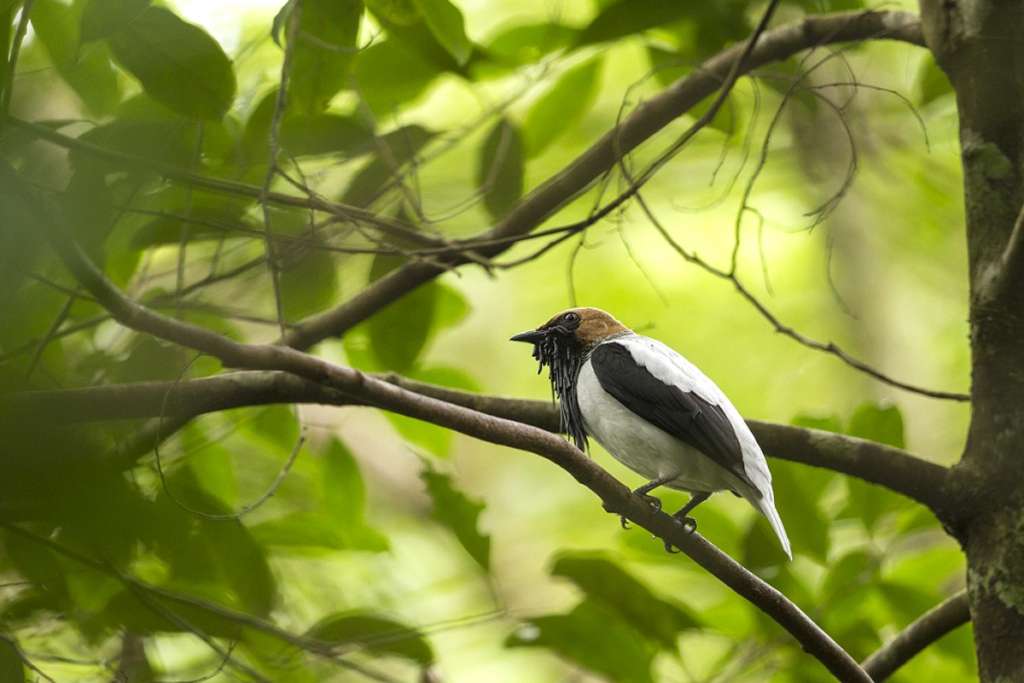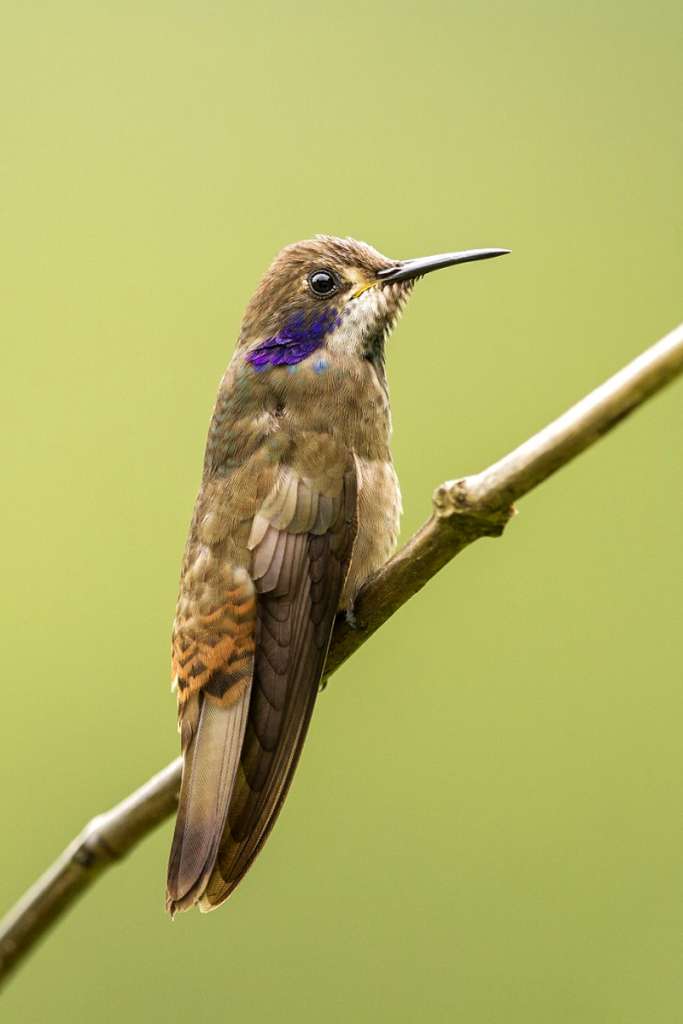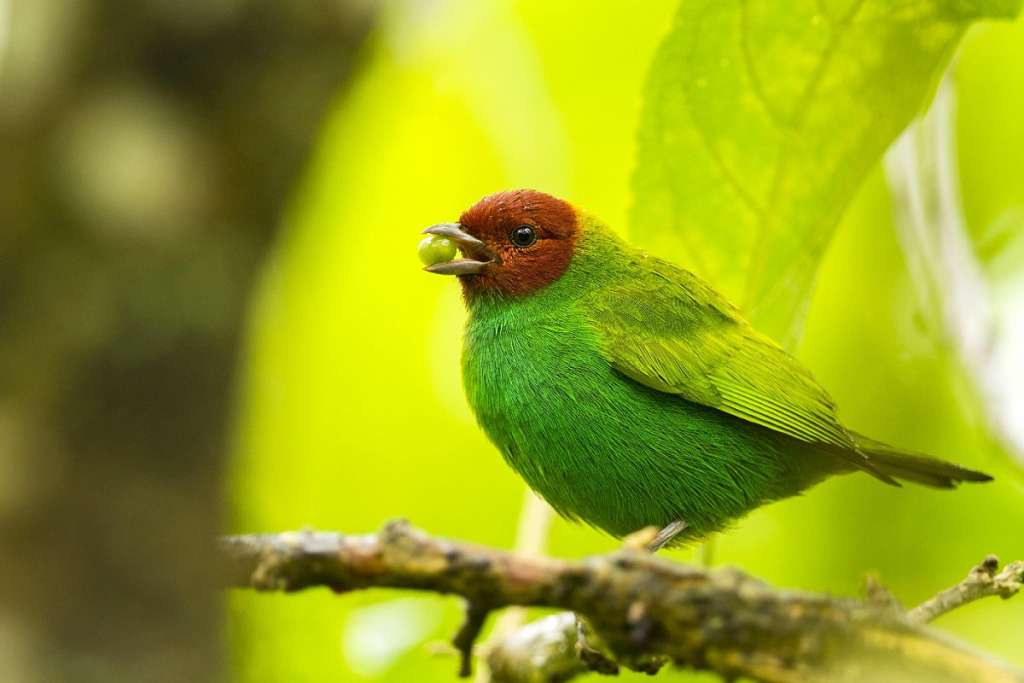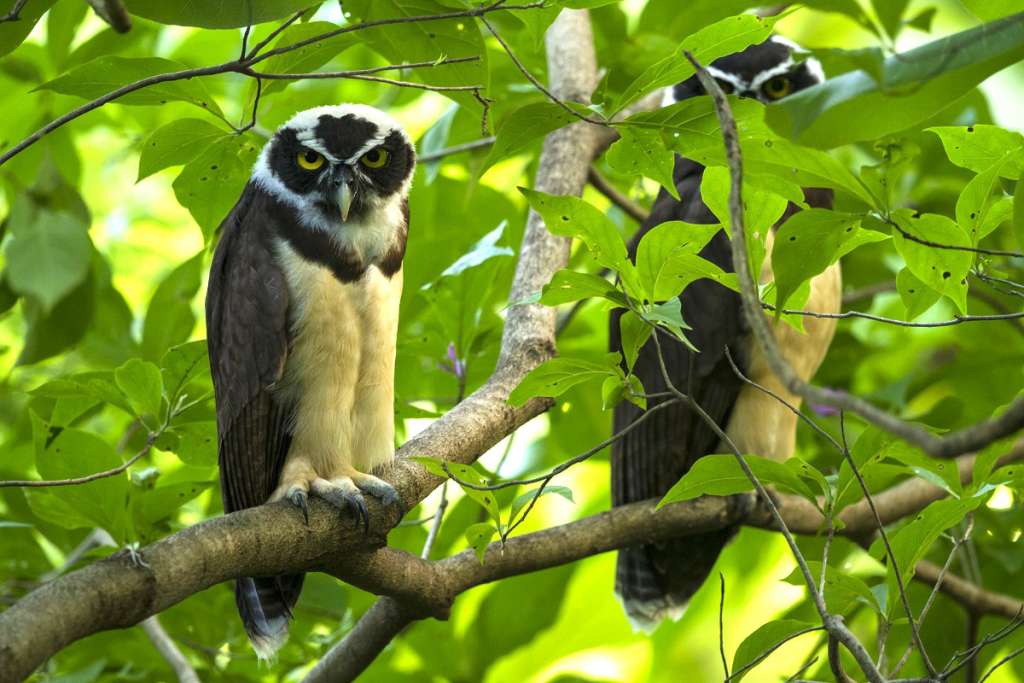The bi-island state of Trinidad and Tobago is the perfect combination of Caribbean and South American birding. The island of Trinidad only recently (geologically speaking, that is) separated from the continent of South America. Some studies suggest it was 1,500 year ago. In comparison, Tobago probably separated from Trinidad and the mainland about 12,000 years ago, due to sea level rise after the last ice age.
What this really equates to is fantastic birding, unlike anywhere else in the Caribbean. There are an estimated 480+ bird species utilizing the island’s extensive wetlands, forested mountain ranges, savannas, mudflats, and dams. You will see numerous South America specialties, without working nearly as hard as you would if you were actually in South America. One of the many benefits of Caribbean birding!
This includes two island endemic species, Trinidad Piping-Guan and Trinidad Motmot together with Scarlet Ibis, Red-Breasted Meadowlark, Turquoise Tanager, Ruby Topaz, White-necked Jacobin, Tufted Coquette, Channel-billed Toucan, three species of Trogons, Red-legged Honeycreeper, Bearded Bellbird, White-bearded Manakin, Golden-headed Manakin, and many more.
One of the most exciting populations on Trinidad is that of the Oilbird, birds that live in colonies in caves. They are the only nocturnal flying fruit-eating birds in the world, using echolocation to navigate through the dark forests, much like bats. Oilbirds occur throughout several countries in South America, there are several colonies in Trinidad. The most accessible is at the Asa Wright Nature Centre, who own the land where the colony occurs, and control access and limit disturbance to these birds.
Trinidad is also home to one of the best birding spectacles in the world, and it occurs every evening. Get yourself to Caroni Swamp in the afternoon to secure a spot on a motorized pirogue that will take you deep into the 12,000-acre swamp and bird sanctuary to see thousands of Scarlet Ibises come in to roost for the evening. In a span of just 30 minutes, the trees go from green to red, as the birds crowd onto the branches and find a resting spot. What’s more, both boat operators are knowledgeable of the local birds and will point out what they see as you make your way to the Scarlet Ibis roosting area. Expect to see birds like American Flamingo, the Straight-billed Woodcreeper, Black-crested Antshrike, and maybe even a Tropical Screech-owl!
